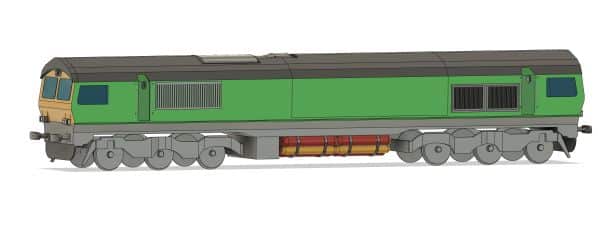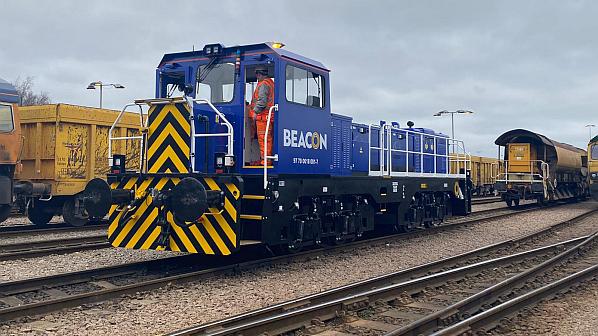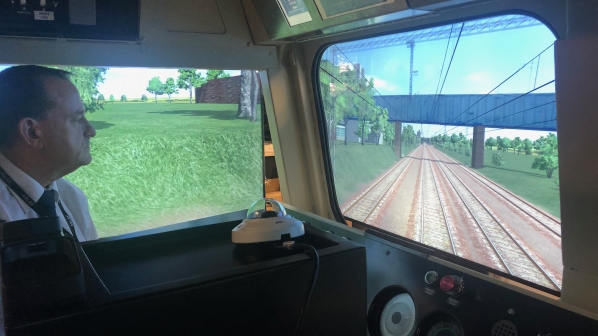BRITISH rail freight operator GB Railfreight has completed a four-week trial of battery-powered sensors monitoring wheelset and brake condition in real time linked via Internet of Things (IoT) technology to both train drivers and ground-based operating control centres.
The new technology enables low-power battery-powered sensors to remotely share status and out-of-tolerance alerts with drivers and operating centres via long-range, wireless networking whilst freight trains are being prepared.
The system was developed by GB Railfreight in collaboration with internet connectivity company Icomera, its own DG8 design consultancy and Internet of Things specialist Sensei.
According to GB Railfreight, the trial demonstrated that the system offers a means of creating a safer and more efficient rail network by reducing the number of incidents relating to wheel and brake faults. The operator says that no known method has previously existed for delivering freight wagon brake sensor data to the driver in the locomotive wirelessly, via a closed system. When using the new system, train drivers receive sensor data directly to an application on a tablet in their cab. This allows them to take immediate action to mitigate against potential wheel or brake-related risk factors as well as respond to real-time feedback on the results of their actions.
“Working with our trusted industry partners, we have proven the concept of a first-of-its-kind application in the rail sector,” says Mr David Golding, GB Railfreight’s asset director. “GB Railfreight is really proud to be leading the freight industry by developing these innovative solutions to reduce incidents relating to wheel and brake issues.”
Brake or wheel failures on moving freight trains can cause serious accidents damaging not only the train but infrastructure and adjacent property. For example, the freight train that derailed in the Gotthard Base Tunnel in Switzerland earlier this year led to major damage. The derailment was attributed to a broken wheel on one wagon.




